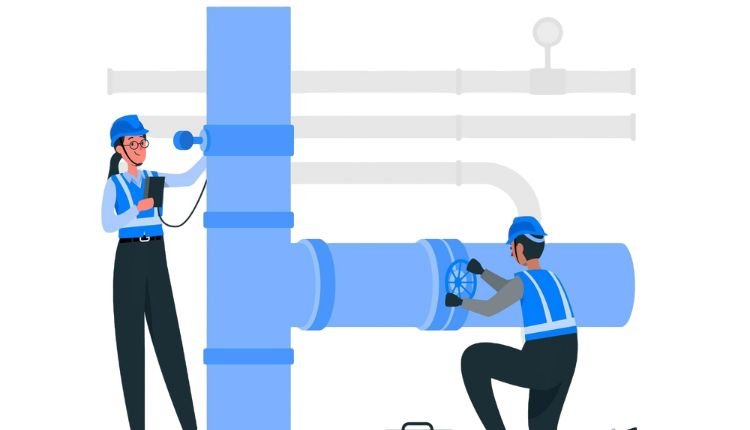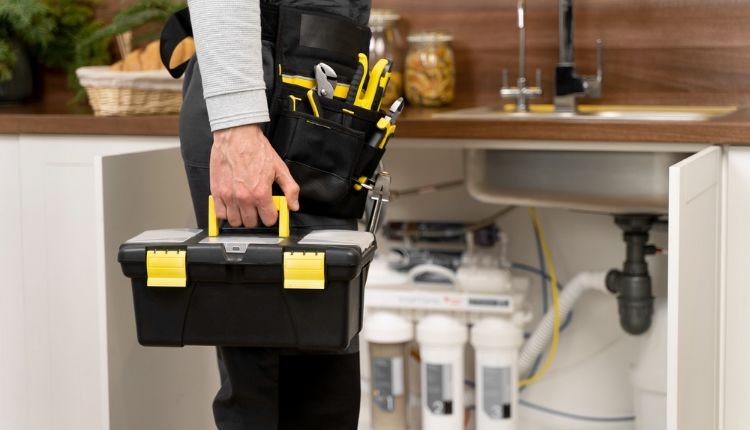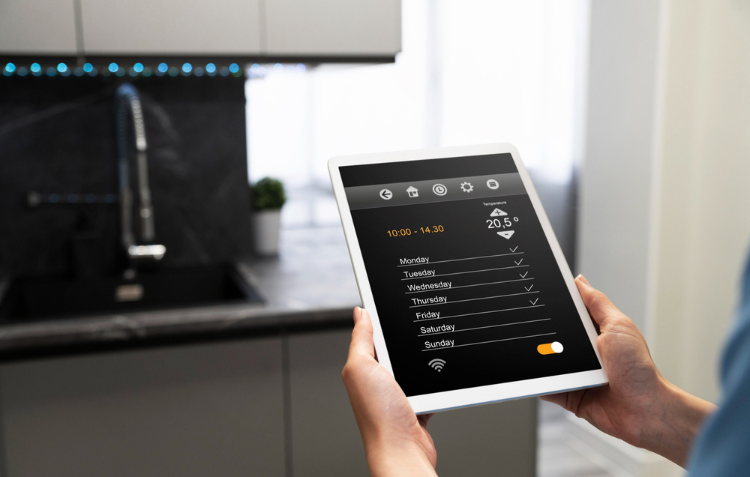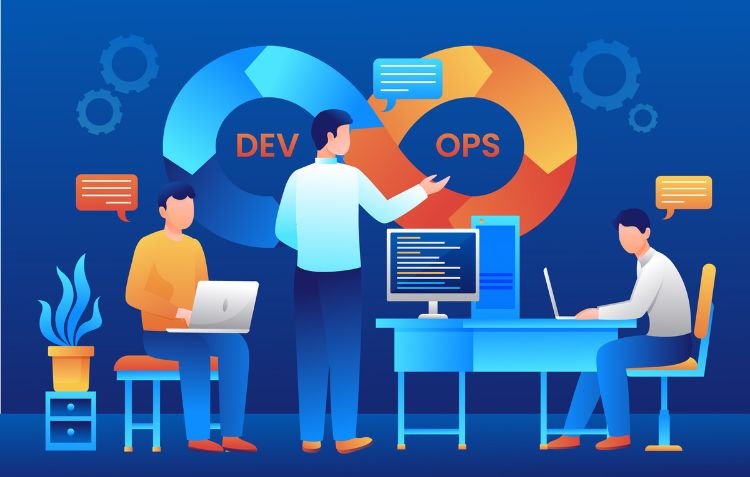How AI Automation for Plumbers Boosts Efficiency & Growth
Technological advancements are transforming industries at an unprecedented pace, and traditional trades like plumbing are no exception. With the advent of Artificial Intelligence (AI), tasks that once relied entirely on human expertise and manual labor are being enhanced by smart tools and automation.
The integration of AI automation in industries such as manufacturing, healthcare, and logistics has already demonstrated significantimprovements in efficiency and growth. Now, this transformative technology is making its way into the plumbing sector, where it promises to address long-standing challenges such as inefficiencies, unexpected system failures, and resource wastage.
This article explores how AI automation for plumbers is revolutionizing the way plumbing businesses operate. From predictive maintenance to real-time diagnostics, AI-driven solutions are helping plumbers enhance productivity, reduce costs, and improve customer satisfaction. Dive deeper to learn how embracing AI can propel your plumbing business into a new era of efficiency and growth.
Understanding AI Automation in Plumbing
AI automation refers to the use of artificial intelligence technologies and machine learning algorithms to automate repetitive, time-consuming tasks and enhance decision-making processes. In the plumbing sector, AI tools are revolutionizing traditional workflows by streamlining operations, improving diagnostic accuracy, and reducing manual effort.
Traditional plumbing practices often rely heavily on manual inspections, customer-reported issues, and trial-and-error approaches to identify and fix problems. These methods, while effective in the past, are prone to inefficiencies, misdiagnoses, and delays—especially when dealing with complex systems like underground pipe networks or large-scale plumbing installations. As a result, plumbing professionals frequently face challenges such as prolonged repair times, high operational costs, and dissatisfied customers.
The integration of AI automation addresses these limitations head-on. By leveraging smart technologies like real-time leak detection systems, predictive maintenance tools, and AI-powered inspection devices, plumbers can pinpoint issues with unparalleled accuracy, prevent major failures before they occur, and optimize resource usage. For example, AI can analyze historical data to forecast maintenance needs, reducing emergency repairs and extending the lifespan of plumbing infrastructure.
In a competitive industry where efficiency and customer satisfaction are paramount, embracing AI automation is no longer optional—it’s a necessary step for staying ahead.
Applications of AI in Plumbing
AI is reshaping the plumbing industry with innovative tools that enhance efficiency, accuracy, and preventive care. From real-time monitoring systems to predictive analytics, these applications empower plumbers to deliver faster and more effective services while minimizing costs and risks.
Smart Leak Detection Systems
AI-powered leak detection systems are revolutionizing how plumbing issues are identified and resolved. These systems use advanced sensors and algorithms to monitor water flow, pressure, and temperature in real time. When anomalies are detected, such as an unexpected drop in pressure or a sudden increase in water usage, the system immediately alerts the plumber, enabling quick intervention before significant water damage occurs.
For instance, technologies like Phyn and Flo by Moen have introduced AI-driven leak detection tools that continuously analyze water usage patterns. These tools can identify even minor leaks that might otherwise go unnoticed, saving homeowners and businesses from costly repairs and water waste. By incorporating such systems, plumbers can not only enhance service quality but also contribute to sustainable water management.
Predictive Maintenance
Predictive maintenance, powered by AI, is a game-changer for proactive plumbing care. These systems collect and analyze historical and real-time data to forecast potential failures before they happen. This approach minimizes unplanned downtime and extends the lifespan of plumbing infrastructure.
A notable example is PipeAi, a company that provides predictive maintenance tools for large-scale plumbing networks. By using AI-driven analytics, they helped a commercial plumbing business reduce emergency repair calls by 40% in one year. The system flagged deteriorating pipes early, allowing timely replacements and avoiding costly breakdowns. Predictive maintenance ensures that plumbers can focus on planned maintenance rather than reacting to crises, improving efficiency and customer satisfaction.
AI-Assisted Diagnostic Tools
AI-assisted diagnostic tools enable plumbers to identify and resolve issues faster and with greater accuracy. These tools use AI algorithms to analyze data from inspection cameras and sensors, providing detailed insights into pipe conditions.
For example, devices like RIDGID’s SeeSnake AI camera can detect cracks, blockages, and corrosion inside pipes, producing high-resolution images and AI-generated reports. This reduces the need for exploratory digging or guesswork, saving time and resources. By adopting these tools, plumbers can streamline their diagnostic processes and deliver precise, data-driven solutions to their clients.
Benefits of AI Automation for Plumbers

AI automation is transforming the plumbing industry by introducing efficiency, cost savings, and enhanced customer experiences. These benefits not only improve daily operations but also contribute to long-term business growth.
Increased Efficiency
AI automation allows plumbers to streamline their workflows, completing jobs faster and with greater accuracy. AI tools, such as smart diagnostic systems and real-time monitoring devices, eliminate the need for time-consuming manual inspections, enabling plumbers to address issues immediately. For instance, an AI-powered inspection camera can analyze pipe conditions in minutes, a process that could take hours using traditional methods.
According to a 2023 report by MarketsandMarkets, plumbing businesses using AI technologies reported a 30% reduction in time spent on diagnostics and repairs. These tools enable plumbers to take on more jobs in less time, boosting productivity and revenue. By automating repetitive and labor-intensive tasks, plumbers can focus on complex repairs and customer relationships, increasing overall efficiency.
Cost Savings
AI automation significantly reduces operational costs by preventing major repairs and minimizing errors. Predictive maintenance systems, for example, identify potential failures before they escalate into costly emergencies. This proactive approach helps businesses save money on emergency repairs and resource wastage.
Consider a plumbing company that adopted AI-driven predictive maintenance tools for a commercial client. By detecting wear and tear in underground pipes early, the company avoided a catastrophic pipe burst, saving the client $50,000 in potential repair and downtime costs. Additionally, AI eliminates human errors, such as misdiagnosed issues, which can lead to unnecessary expenses.
Investing in AI tools may involve upfront costs, but the long-term savings far outweigh the initial investment, making it a wise financial decision for plumbing businesses.
Enhanced Customer Satisfaction
AI automation improves customer satisfaction by enabling plumbers to deliver prompt, accurate, and efficient services. AI-driven tools help plumbers quickly diagnose and resolve issues, ensuring minimal inconvenience for clients.
For example, scheduling tools powered by AI, such as Jobber or ServiceTitan, optimize appointment management by considering traffic patterns, job complexity, and resource availability. These tools ensure plumbers arrive on time and prepared, enhancing customer trust and loyalty.
With faster service delivery and better communication, AI automation creates a superior customer experience, ultimately helping plumbing businesses build lasting relationships and a positive reputation.
Challenges and Considerations of AI Automation in Plumbing
While AI automation offers significant benefits to plumbing businesses, it also presents challenges that need careful consideration. Addressing these hurdles is crucial for a smooth transition to AI-driven operations.
Implementation Costs
The initial investment required for integrating AI technology can be a major concern for plumbing businesses, especially small and mid-sized ones. Advanced tools such as AI-powered leak detection systems or predictive maintenance platforms often come with high upfront costs, including purchasing hardware, software licenses, and system integration.
To mitigate this challenge, businesses can explore financing options like equipment loans, technology grants, or leasing agreements to spread costs over time. Additionally, adopting a phased implementation strategy—starting with essential tools and gradually expanding—allows businesses to manage costs while benefiting from incremental efficiencies.
Technician Training
Adopting AI tools requires technicians to be proficient in operating and maintaining new systems, which can be a barrier for those accustomed to traditional methods. Without proper training, plumbers may struggle to leverage the full potential of AI technologies, leading to underutilization.
To address this, businesses can invest in structured training programs offered by AI tool manufacturers or partner with tech providers for hands-on workshops. Online courses and certification programs can also empower technicians to gain proficiency at their own pace. By prioritizing training, plumbing companies can ensure their teams are equipped to embrace AI tools effectively and confidently.
Future Trends in AI Automation for Plumbing

The future of AI automation in plumbing looks promising, with advancements set to redefine industry practices.
Advancements in AI Technology
Emerging AI innovations are poised to make plumbing operations even smarter and more efficient. For instance, the integration of IoT (Internet of Things) with AI could enable real-time monitoring of entire plumbing networks through connected devices. Self-repairing systems, where AI identifies minor issues and initiates automatic repairs, are also under exploration. Additionally, advancements in machine learning will refine predictive maintenance, making failure forecasts more accurate and actionable.
Industry Adoption
As AI tools become more affordable and accessible, their adoption among plumbing professionals is expected to grow. A 2024 study by Statista predicts that the global market for AI in construction and plumbing will double by 2030, driven by the demand for efficiency and sustainability. Companies large and small are increasingly recognizing AI’s role in gaining a competitive edge, streamlining operations, and meeting customer expectations.
This evolving landscape signifies a bright future where AI automation will become a standard in the plumbing industry, revolutionizing the way plumbers work.
Final Thoughts
AI automation is transforming the plumbing industry, offering innovative solutions to longstanding challenges. From smart leak detection systems to predictive maintenance and AI-assisted diagnostic tools, the applications of AI are streamlining operations, reducing costs, and enhancing customer satisfaction. By adopting these technologies, plumbers can increase efficiency, prevent costly emergencies, and provide better service to their clients.
As the plumbing sector evolves, embracing AI is no longer just an option—it’s becoming a necessity for businesses looking to stay competitive. While challenges like implementation costs and training exist, they can be addressed through phased adoption strategies and proper technician education.
For plumbing professionals aiming to grow their businesses and remain at the forefront of innovation, now is the time to explore AI-driven solutions. Start small, educate your team, and unlock the potential of AI to transform your operations and build a more sustainable future.
FAQs
How can a plumber use AI?
AI is revolutionizing plumbing by enabling smart leak detection, predictive maintenance, and AI-assisted diagnostics, allowing plumbers to identify and address issues more efficiently.
What technology does a plumber use?
Modern plumbers utilize technologies such as AI-powered diagnostic tools, smart leak detection systems, and advanced pipe inspection cameras to enhance service accuracy and efficiency.
Can a robot be a plumber?
While robots can assist in plumbing tasks, such as navigating pipes for inspections or repairs, the complexity and variability of plumbing systems make full automation challenging.
What software would a plumber use?
Plumbers often use software for scheduling, invoicing, and customer management, as well as specialized applications for system design and diagnostics to streamline operations.
Will plumbers ever be automated?
Although AI and robotics are enhancing certain aspects of plumbing, the intricate and manual nature of many tasks suggests that complete automation of the profession is unlikely in the near future.







